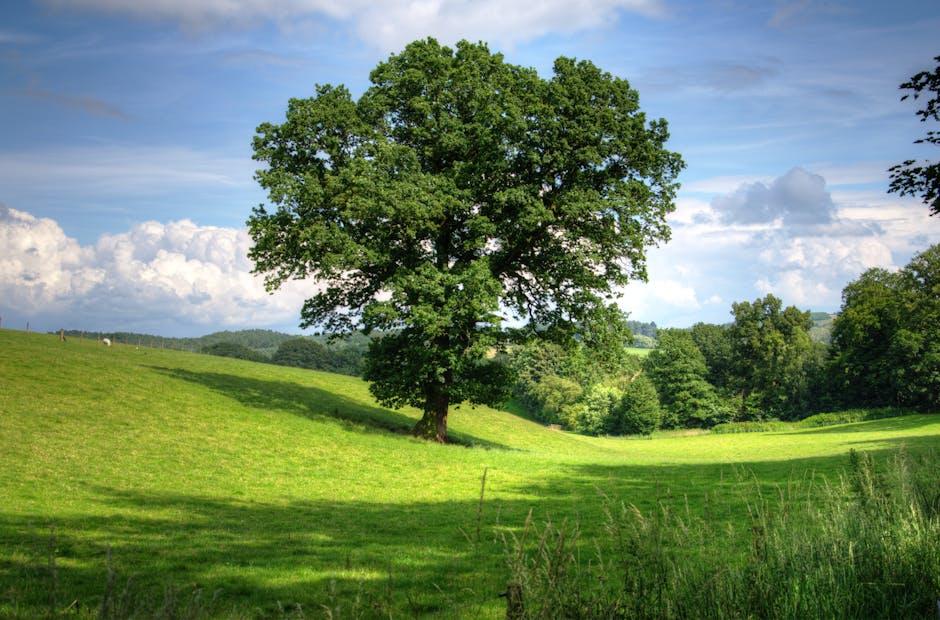Trees play a vital role in providing habitat for a diverse array of wildlife species. From providing food and shelter to offering protection and nesting sites, trees are essential in creating habitats that support the rich biodiversity in our world. In this article, we will explore the intricate relationship between trees and wildlife habitat, and delve into the ways in which these majestic organisms contribute to the survival and well-being of countless animal species.
When it comes to creating a thriving habitat for wildlife, trees play a crucial role. Trees provide shelter, food, and nesting sites for a wide variety of animals, helping to support biodiversity and ecosystem balance. By planting a diverse range of tree species, you can attract different types of wildlife and create a more resilient habitat.
Some specific recommendations for enhancing wildlife habitat with trees include planting native species, creating layers of vegetation for different wildlife species, and incorporating a mix of fruit, nut, and seed-producing trees. By selecting tree species that provide food, shelter, and nesting opportunities, you can encourage a wide range of wildlife to visit and inhabit your space.
| Tree Species | Wildlife Benefits |
|---|---|
| Oak | Acorns provide food for squirrels, birds, and deer |
| Willow | Provides nesting sites for birds and shelter for small mammals |
- Considerations for Selecting Tree Species: Choose trees that are native to your region and provide food and shelter for local wildlife.
- Maintenance Practices: Regularly prune trees to remove dead or diseased branches and create healthier habitats for wildlife.
Q&A
Q: How do trees provide habitat for wildlife?
A: Trees provide habitat for wildlife by providing shelter, food sources, and nesting sites for a variety of species.
Q: What types of wildlife benefit from trees as habitat?
A: A wide range of wildlife species benefit from trees as habitat, including birds, mammals, insects, and even amphibians.
Q: How do trees contribute to biodiversity in an ecosystem?
A: Trees contribute to biodiversity in an ecosystem by providing a variety of habitats for different species to thrive in, thus increasing the overall diversity of life forms in an area.
Q: Can urban trees also provide habitat for wildlife?
A: Yes, urban trees can also provide habitat for wildlife, including birds, squirrels, and insects, in cities and suburban areas.
Q: How can individuals help protect trees and wildlife habitat?
A: Individuals can help protect trees and wildlife habitat by planting trees, supporting conservation efforts, and avoiding actions that harm or destroy wildlife habitats.
Conclusion
In conclusion, trees play a crucial role in providing habitat for wildlife. From serving as shelter and nesting sites to offering food sources and protection, trees contribute significantly to the overall health and biodiversity of ecosystems. By understanding the importance of trees in wildlife habitat conservation, we can work towards ensuring the preservation and sustainable management of forested areas for the benefit of both wildlife and the environment. Remember, as stewards of our planet, it is our responsibility to protect and maintain these valuable resources for future generations to enjoy. Thank you for taking the time to learn more about the vital relationship between trees and wildlife habitat.
Simpsons Tree Services, Servicing Melbourne’s North Eastern Suburbs
Book a quote online at www.simpsonstrees.com.au




